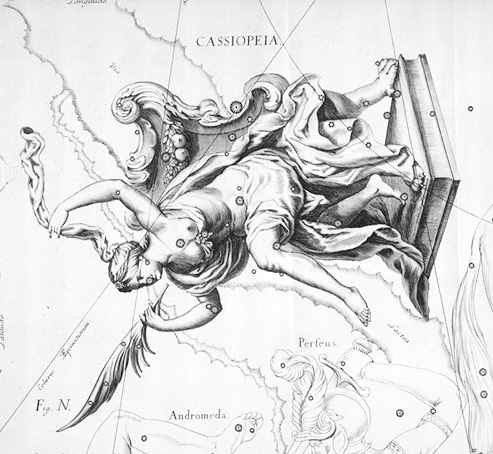Climate Graphs
Climate Graphs
C - Introduction to Law 9/10 - Today we are going to finish our look at pre-trial criminal procedures. Before the break I gave you a handout on this topic and today you will need to work on the following questions from the handout:
- Focus on Reading" #'s 3, 16, 19, 24, 25, 26, 29, 30, and 31
- Resolving Cases"#'s 12, 23 & 28 and
- Applying Your Knowledge" #27.
B- Earth and Space Science 11 - Today we will start our look at space science by focusing on constellations and the motions of heavenly bodies. I will give you a star map lab activity to work on where you'll need to locate and identify various features of the night sky during specific times of the year (including the 88 constellations). I'll then give you a page to create your own constellation. You'll need to use a minimum of five stars on the page and then draw the constellation on the sheet. Next you'll need to create a mythology surrounding your constellation, name your stars and identify their types (see section 24.5 - pages 583-590 in the text).
One of my favourite constellations is Cassiopeia. From the mythography website:

Cassiopeia in Greek Mythology
The legendary figure Cassiopeia is famous for her role in one of the most memorable stories of Greek mythology - the tale of Andromeda. In some respects Cassiopeia is equally famous for being the personification of a vain, self absorbed woman who causes enormous anguish and suffering with a single thoughtless act. Read on to learn more about how Cassiopeia's ill considered comment brought about a chain of events that culminated in the creation of a constellation.
In myth, Cassiopeia was the wife of Cepheus (Cepheus was a king of Ethiopia according to most sources). The royal pair had a lovely daughter who was named Andromeda. Our story begins with a fateful mistake. One day, Cassiopeia proclaimed that she was so beautiful that her appearance put the Nereids to shame. The Neerids were enchanting sea nymphs, and they were naturally divinely radiant in both face and form. Not surprisingly, the Nereids were insulted by Cassiopeia's boast. They shared their displeasure with Poseidon, the Greek god of the sea. Poseidon decided that this expression of mortal vanity and hubris was too much to bear, and so he came up with a suitable punishment. The sea god therefore sent a monster - which is described sometimes as a giant serpent - to seek revenge.
Poseidon's sea monster destroyed the land. King Cepheus was horrified by the turn of events, and consulted an oracle to learn how to pacify the anger of the gods. He was told that the only way to stop the destruction and appease the monster was to offer his daughter Andromeda as a form of payment. Cepheus complied. Andromeda was then chained to a rock and left as an offering to the serpent. And the king's daughter would have been sea monster bait had it not been for the sudden (and fortuitous) appearance of the dashing hero Perseus. Indeed, Perseus eventually succeeded in rescuing Andromeda from a most unappealing fate.
However, the story of Cassiopeia does not quite end with the rescue of Andromeda. For legend has it that the vain Cassiopeia did ultimately achieve star status. She was transformed into the constellation that bears her name, and this group of stars reminds us forever of Cassiopeia's somewhat dubious contribution to Greek myth.
The following are some great constellation websites to help you with this activity and to learn more:University of Wisconsin Constellation website
Munich Astro Archive Constellation page
University Corporation for Atmospheric Research Constellation page
Star Date Constellation guide
KidsAstronomy.com free sky map

No comments:
Post a Comment